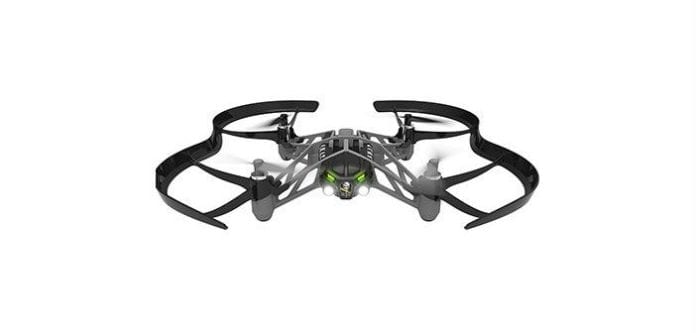AT&T will test drones on its LTE network through a trial with Qualcomm Technologies. The companies said the trials will analyze how drones can operate safely and more securely on commercial LTE networks as well as on “5G” networks.
“LTE connectivity has the potential to deliver optimal flight plans, transmit flight clearances, track drone location and adjust flight routes in near real-time,” said AT&T’s Chris Penrose, VP for “internet of things” solutions. “Solving for the connectivity challenges of complex flight operations is an essential first step to enabling how drones will work in the future.”
At this time, drone operators need to keep their aircraft within line of sight in order to comply with Federal Aviation Administration regulations. In the future, AT&T anticipates rules that will allow drone flights beyond the line of sight, which will require reliable and secure connectivity.
Qualcomm Technologies will host the trials at its San Diego campus beginning this month. The company said it has an FAA-authorized drone flight center that includes commercial and residential areas. By testing the drones there, the companies will avoid interference with the rest of AT&T’s LTE network.
While LTE may be suitable for unmanned aerial flights, the next generation of wireless technology may actually be designed with drones in mind. Qualcomm believes its tests may generate useful information for 5G standards bodies.
“The results can help inform positive developments in drone regulations and 5G specifications as they pertain to widescale deployment of numerous drone use cases,” said Matt Grob, EVP and CTO at Qualcomm Technologies.
Qualcomm is not the only chipmaker working with AT&T to test drones on LTE. Earlier this year the carrier said it would work with Intel to fly connected drones in order to find out how altitude impacts video streaming and telematics on its LTE network.

